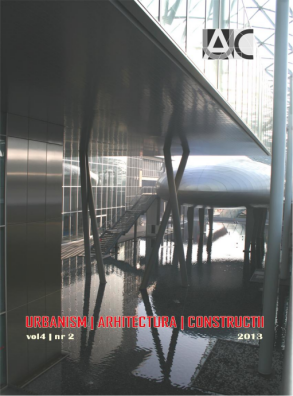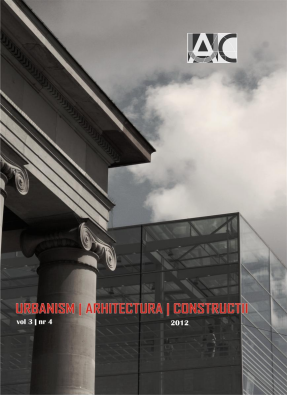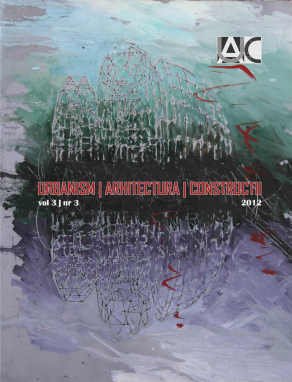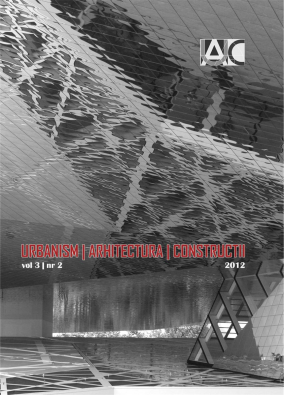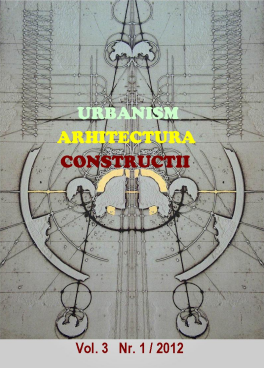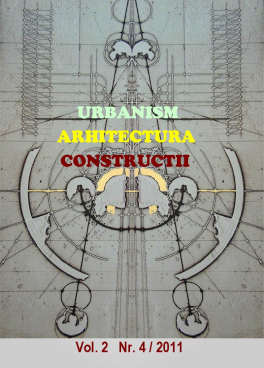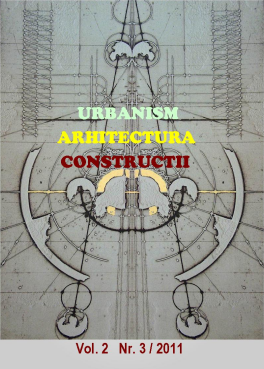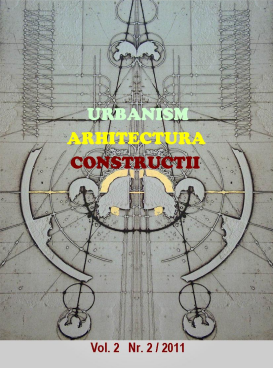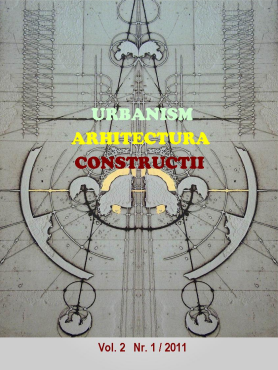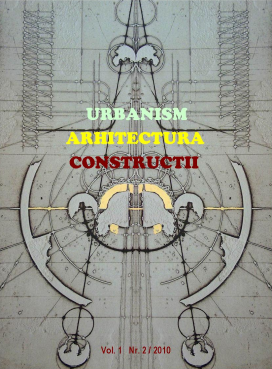
Urban regeneration through the (re)modeling of mobility, in Carol Park Area
The study outlines a concept of urban regeneration for an area with a valuable urban and architectural heritage, based on an integrated policy of reshaping mobility aiming at harmonization of accessibility and quality of living objectives, rehabilitation of public spaces - streets and squares, stimulation of building use conversions which, at their turn, generate financial resources for the renovation of the historic buildings.
More...
